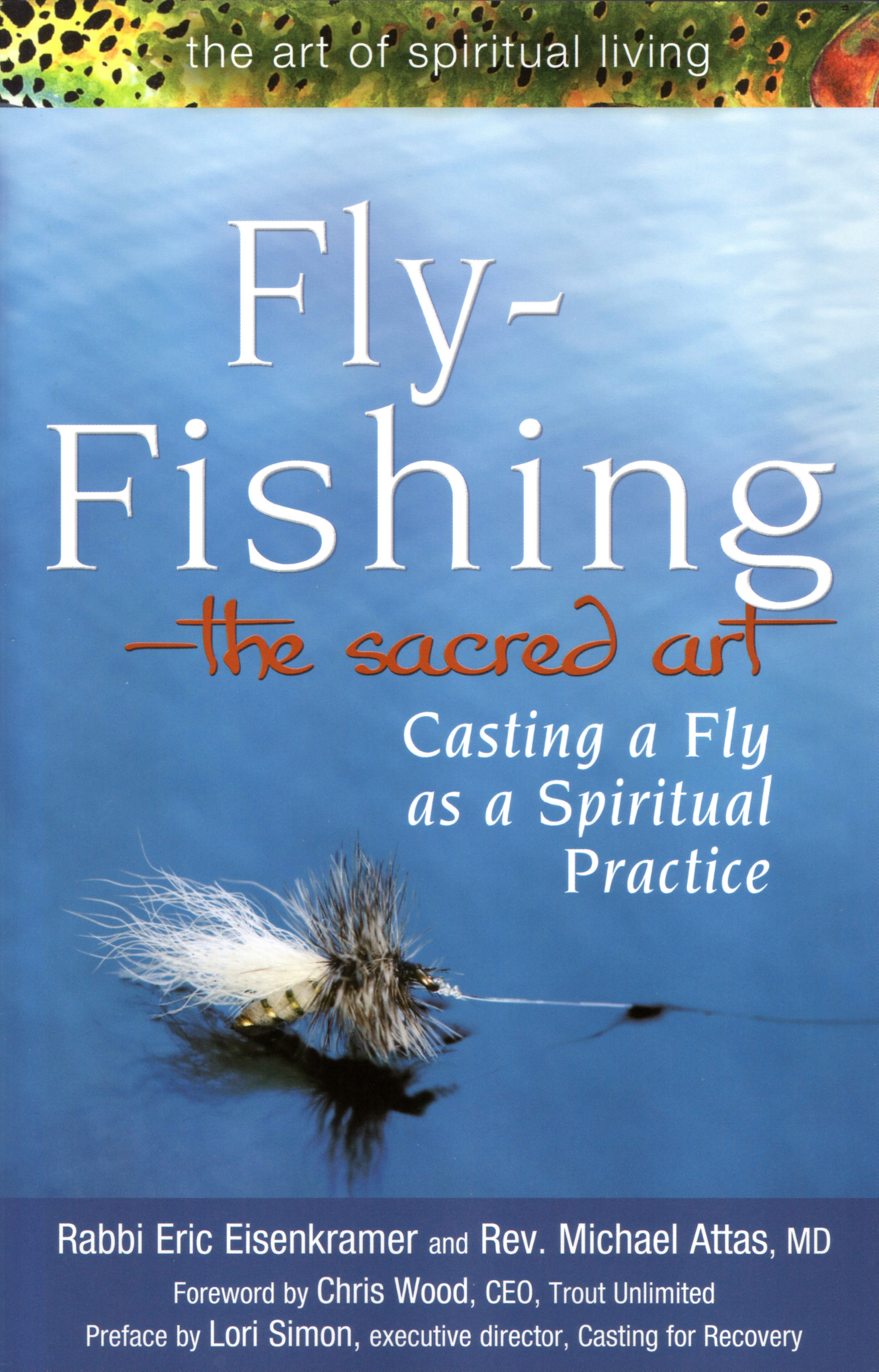
14 Jul Books: Writing the West (Fly Fishing 2012)
The Little Red Book of Fly Fishing
Through The Little Red Book of Fly Fishing (Skyhorse Publishing; $16.95), by Kirk Deeter and Charlie Meyers, has been out for a year or so, its varied nature makes it a timeless how-to book that reads like a chat among friends. After a table of contents listing 250 chapters in 200 pages (!), a quote from John Gierach opens the ball to this full-color book that’s liberally sprinkled with photos and illustrations, all bound in a handsome hard (red) cover. As Deeter states in his introduction, “… all we have done is opened our notebooks and taken out the best tidbits of advice we could find.” Such as Tip 239: “When you take a fish out of water, start holding your breath. When you feel a bit uncomfortable, odds are the fish does too.”
Keep in mind these two humble outdoor sports writers have been fishing a long time and their notebooks are packed with advice gleaned not just from their own experiences, but from folks they’ve had the privilege to spend time on the water with, such as Lee Wulff and Lefty Kreh. Sadly, as a post-script to the book’s introduction, Deeter relates that his co-author, Charlie Meyers, passed away before the book was published. The fly-fishing world is lucky, then, to have the best tips and tricks from his personal notebook.
Blue Lines
Tom Reed’s Blue Lines (Riverbend Publishing; $12.95) opens with a chapter detailing his passion for “fishing those blue lines on the map, those thin blue lines.” By page 11, Reed discloses that he’s since broadened an earlier definition to include “blue-lining more as a metaphor for all kinds of fishing. The tough kind. The type of fishing … that causes you to sweat and curse and prevail.” Hence his all-too-understandable lifelong addiction to fishing on smaller streams: “… a creek somewhere in the forest, far away from trails and people.”
More than just a paean to small-stream fishing, Blue Lines is a collection of short, poignant essays about fishing and not fishing and what both do for a body and soul. “The Day I Was Trendy,” for instance, made me want a battered 1969 Ford Bronco, a cheap cigar and a warm beer. At its most intimate, Reed’s writing style is personal enough that it feels as if the reader has stumbled into poetic journal entries, but it’s also inviting and comfortable and full of heartfelt ruminations that like the best essays and poetry had me nodding in familiar agreement: “And yet with fall comes a sadness that washes over you for no apparent reason until you realize you are mourning the good things of summer lost. Still, you remind yourself of the peril of this melancholy path, of the fact that summers, like loves, are remembered only for the good things.”
Pocketguide to Western Hatches
We’ll find fewer handy reference guides this year than Dave Hughes’ Pocketguide to Western Hatches (Stackpole Books; $21.95). This sturdy little 315-page hardcover fits the hand just right. It’s ideal for slipping into a fishing vest, stashing in the SUV (wife’s shopping?), or squirreling into a coat pocket for those long waits at the doc’s office. The tech-savvy among us will be pleased to know that it’s also available as an ebook. As to the content, the book is jam-packed with Western fishing goodness: 90 hatches are covered including mayflies, stoneflies, caddisflies, midges and terrestrials. The book is filled with color photos throughout, including key identifying features, habitat, and hatch times for each insect; plus it covers a number of basic techniques and tips, and offers 169 fly patterns and a handy index. And Hughes means it when he says “Western Hatches” — the book covers Washington, Idaho, Montana, Oregon, Wyoming, California, Nevada, Utah, Colorado, Arizona, New Mexico, British Columbia and Alberta.
The Master’s Fly Box: Secrets for Success
David Klausmeyer’s The Master’s Fly Box: Secrets for Success (Lyons Press; $29.95) is a collection of 22 interviews with top-level fly tyers, among them Al and Gretchen Beatty, John Gierach, Mike Valla, Scott Sanchez, Al Ritt, and more, as well as a healthy array of up-and-comers. Covering tyers from all over the United States, each of the 21 chapters offers a picture of the interviewee, color shots of the dozen or so patterns each shares, recipes, favored techniques and designs, and interviews that are fun, informative, and most of all, personal. They read as if we’re sitting at the kitchen table in each tyer’s house, sharing a cup of coffee, shooting the breeze about fishing.
Fly Tying with Common Household Materials
Another title under the Fly Tyer magazine banner, Jay “Fishy” Fullum’s Fly Tying with Common Household Materials (Lyons Press; $21.95), gives readers just what it promises: little-known tips and tricks such as using seatbelt fibers for use in dry flies (often superior to expensive commercial tying products). Instead of a drop of cement on the head of a finished fly, Fullum uses Krazy Glue. He also suggests finding a yard-sale blender to make dubbing, buying ribbon at the craft store, using weatherseal to make poppers … The book is spiral bound (handy on the bench) with step-by-step color photos, recipes, and more, and is written in easy-to-read prose and with a useful index. And most of all, it’s filled with “why didn’t I think of that?” moments. Nothing in your house is off-limits after you read this one …
Fly Fishing Daydreams: The Most Exciting Fly-Fishign Adventures Around the Globe
Photographers and recored-setting fly fisherman Pat Ford’s latest offering, Fly-Fishing Daydreams: The Most Exciting Fly-Fishing Adventures Around the Globe (Skyhorse Publishing; $39.95), is a full-color, hardcover glossy extravaganza that takes readers — or viewers — all over the world, from searching out monster Atlantic salmon on Russia’s Kola Peninsula to watching a 100-pound sailfish tailwalk in Guatemala’s Casa Vieja, from striper fishing on the northeast U.S. coast to bonefishing in Florida and catching 90-pound mako sharks in Mission Bay. Ford, winner of 16 fly-rod world records and no slouch behind the camera, was right there, capturing all the water-churning action in more than 300 luscious color photos. Ford’s prose edifies and entertains, and each chapter is loaded with useful information about prepping for trips to each locale. And as a bonus: Ford closes the book with a chapter on the basics of digital photography for his fellow anglers.
The Frugal Fly Fisherman: Bending the Rod Without Breaking the Bank
Patrick Straub’s The Frugal Fly Fisherman: Bending the Rod Without Breaking the Bank (Lyons Press; $18.95) jumps in feet first by making bold claims about frugality in a sport known for it excess of gadgets and gewgaws, most of which never get used in a decade of hard fishing. The author opens the book by comparing a day on the river, dollar for dollar, with a day on the links, the slopes, the ATV trails, etc. And no surprise, a frugal day of fly fishing comes out favorably.
Other of Straub’s tightwad topics include: “Gear you want and gear you must have,” which helps readers explore the crucial differences between want and need; “The Reel: Landing a value instead of being taken to the cleaners”; plus he covers fly-fishing instruction on the cheap; effective use of free resources (internet, anyone?); and he offers profiles of real-life fly-fishing cheapskates who manage to thoroughly enjoy their sport without emptying their wallets. By encouraging practicality and common sense, the author places the emphasis back on the sport and not on acquiring the latest shiny gimcrack and gewgaw that won’t enhance one’s enjoyment of fly fishing. The author knows of what he writes: In addition to writing several other fly-fishing titles, Straub is also a Montana-based guide and outfitter, in the biz — and pinching pennies — for more than a decade.
No Shortage of Good Days
This year brings a welcome new collection of essays, No Shortage of Good Days (Simon & Schuster; $24), from John Gierach. Before I cracked the cover, I knew I would like this book, and for good reason: Gierach has never let me down. He’s a consistently strong writer, bold, humorous, and poignant. And always offers a never-ending stream of casual revelations drawn from experiences in his life. He explores book tours and their wearing effects on a fisherman’s body and soul (“There’s nothing you can do about the constant running around, but with a little effort and forethought you can avoid eating like a stray dog … ”). He considers the reassuring comforts of home waters (“It may begin as nothing more than a marriage of convenience, but most of us eventually end up falling for a nearby lake, stream, or pond that comes up short of the usual fly-fishing hype in some way … ”). Then there’s that trip to New Brunswick for Atlantic salmon (“The adventure began when my fly rods turned up missing … ”), and many more — 20 essays in all.
As I suspect is the case with other of his numerous fans, Gierach’s writing makes me chuckle and nod in agreement, and I frequently find myself reading passages aloud to my wife (who also happens to enjoy his writing). And when I finished reading this book, as with his others, I put it on the shelf, knowing that one day I’ll return to it and enjoy it all over again.




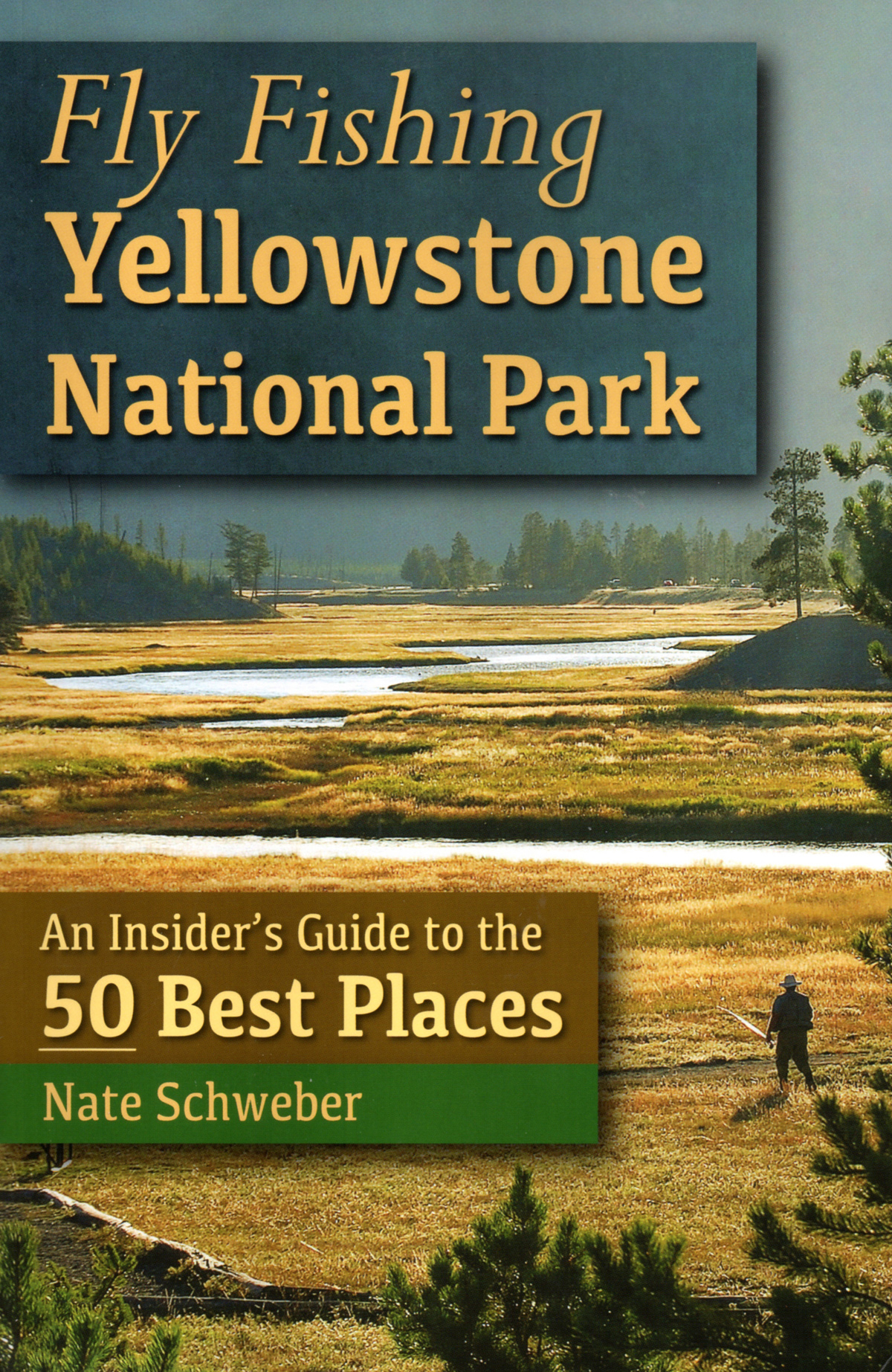
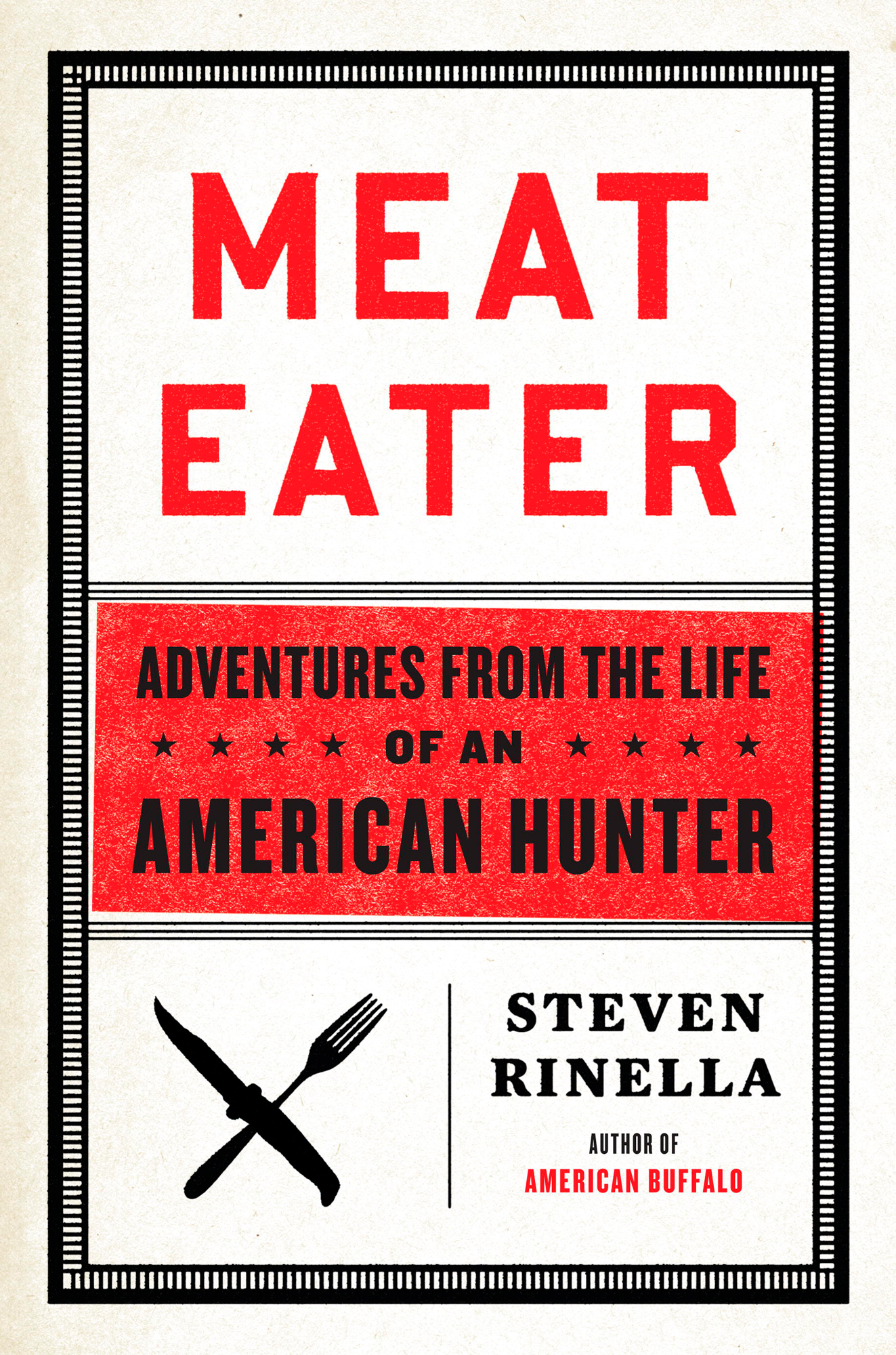
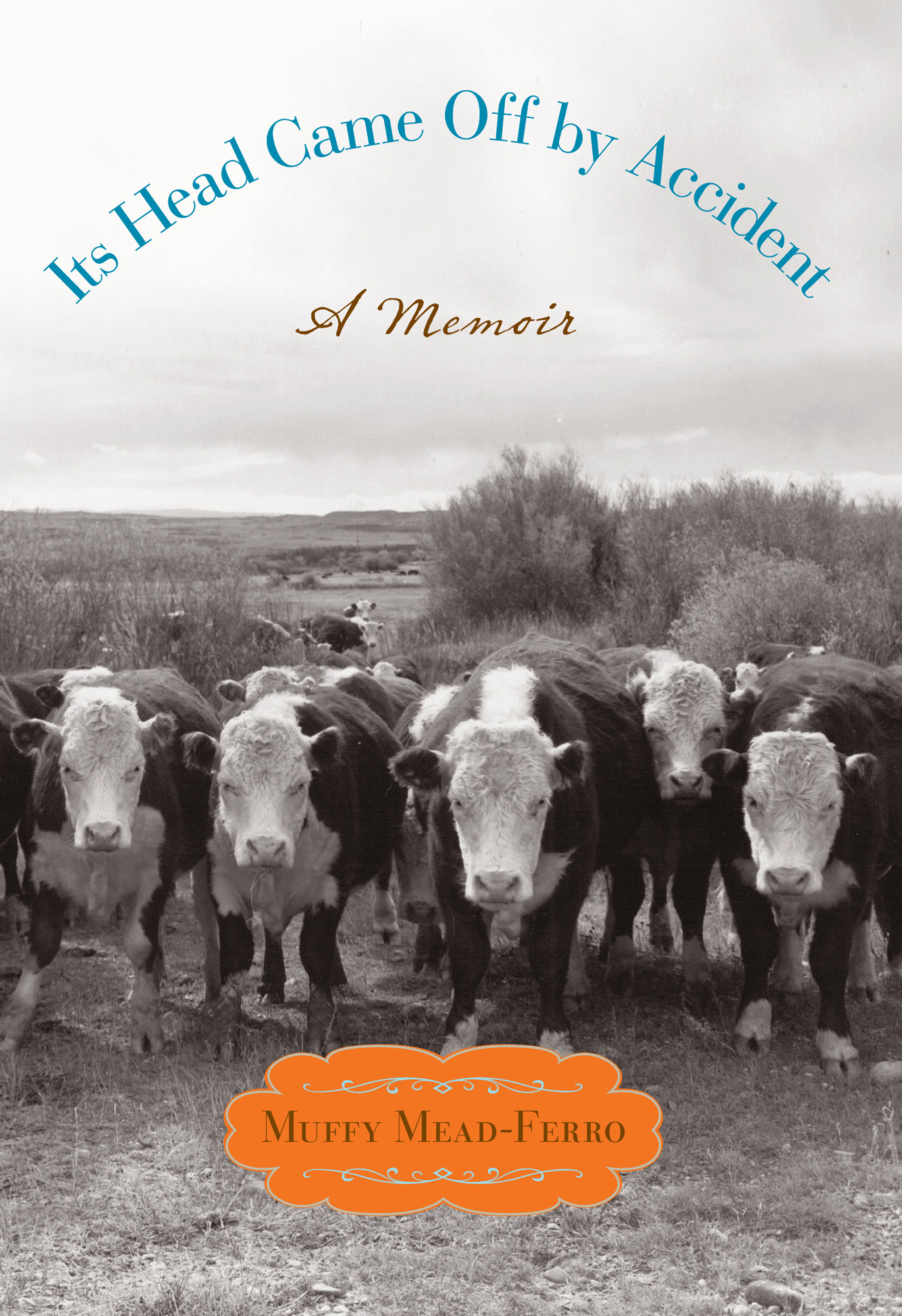

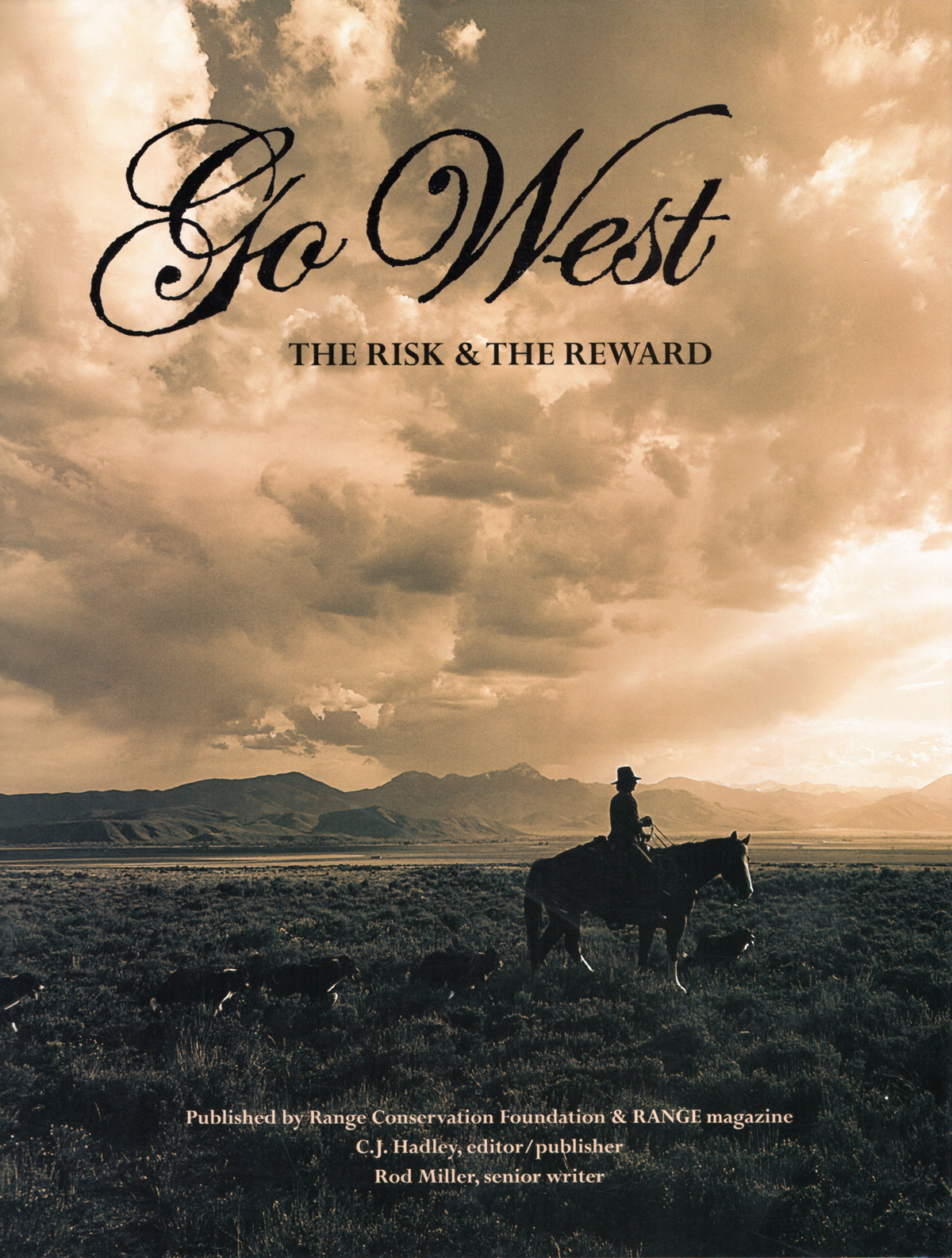
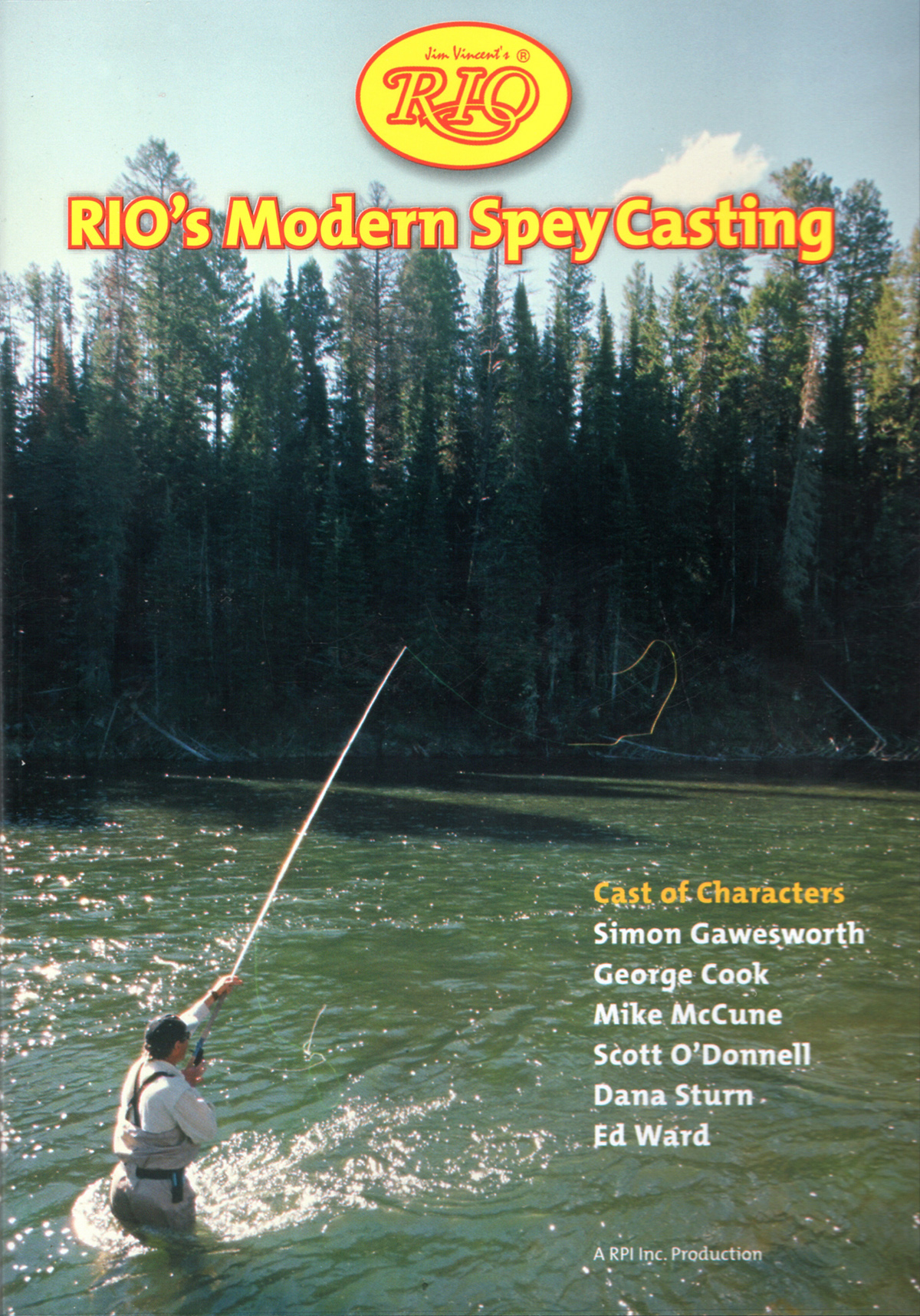
No Comments